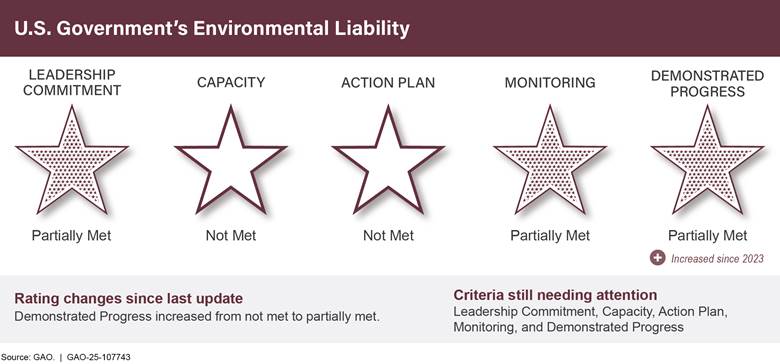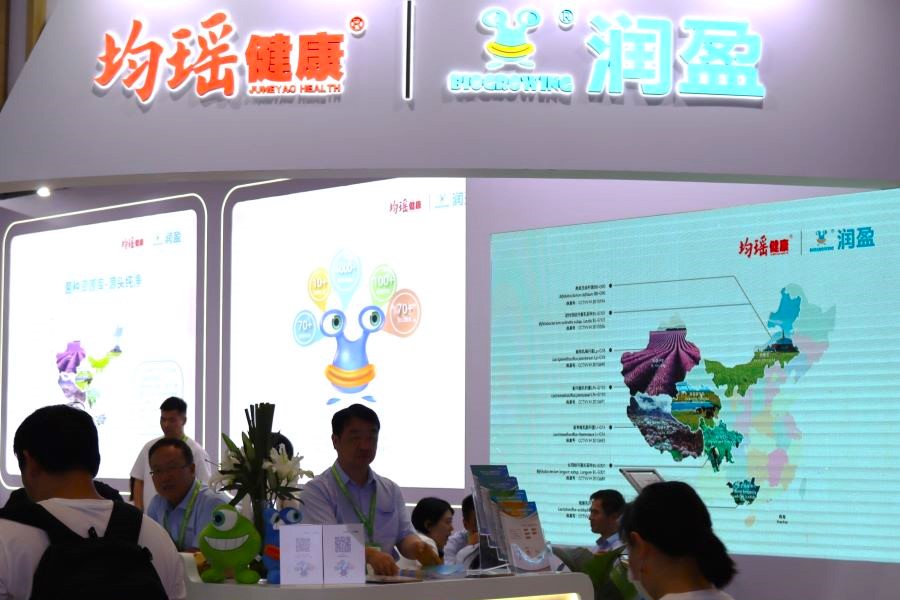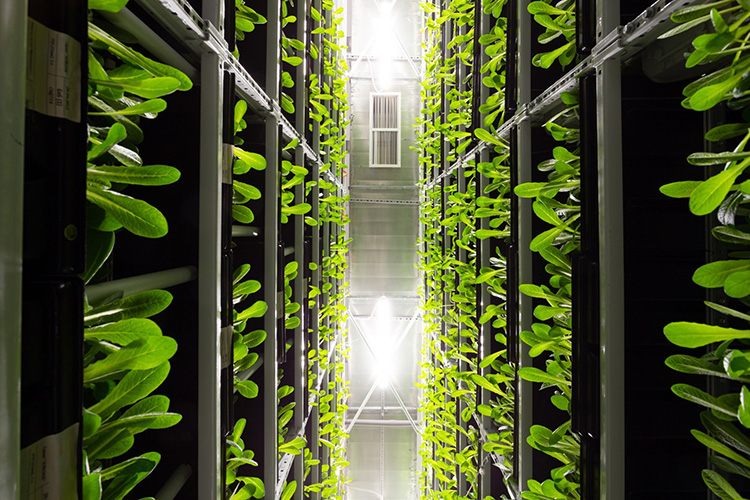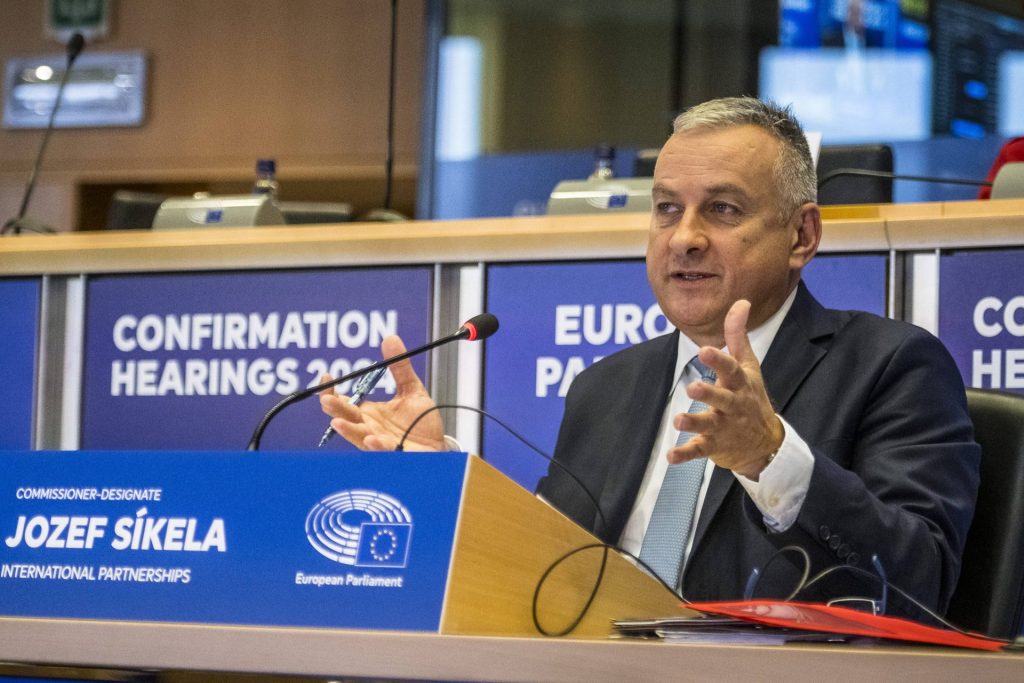Report on CUMAC’s Financial Status and Contribution to Sustainable Development Goals
Introduction: Addressing SDG 1 and SDG 2 in Passaic County
CUMAC, the largest food pantry in Passaic County, plays a critical role in advancing local efforts towards achieving Sustainable Development Goal 2 (Zero Hunger) and Sustainable Development Goal 1 (No Poverty). Despite receiving $250,000 in funding from the New Jersey Legislature, the Paterson-based nonprofit faces a significant $250,000 budget deficit for its 2025 fiscal year, threatening its capacity to serve a rapidly growing client base. The organization’s total annual budget is $3.1 million.
Escalating Demand: A Challenge to Zero Hunger (SDG 2)
The demand for CUMAC’s services has shown a dramatic and accelerating increase, indicating growing food insecurity in the region and highlighting the urgent need for action on SDG 2.
- 2024: An average of 191 new families registered per month.
- 2023: An average of 139 new households registered per month.
- 2022: An average of 71 new families registered per month.
This trend underscores the increasing reliance on community support systems to meet basic nutritional needs for over 10,000 individual clients.
Strategic Partnerships and Financial Outlook (SDG 17)
The state funding represents a vital partnership between government and civil society, a key component of SDG 17 (Partnerships for the Goals). A delegation of New Jersey legislators visited the facility on July 30 to observe the impact of this collaboration. However, the remaining budget gap necessitates further fundraising to forge new partnerships and ensure operational continuity.
Officials express concern that external economic factors could further strain resources, creating setbacks for multiple SDGs:
- Cuts in Social Programs: Expected to increase poverty and inequality, directly impacting SDG 1 (No Poverty) and SDG 10 (Reduced Inequalities).
- New Tariffs: Anticipated to reduce food donations from businesses, directly impeding efforts to achieve SDG 2 (Zero Hunger).
Andrea Ramalho, CUMAC’s chief development officer, stated, “We are doing everything in our power to maximize the longevity of our current resources, and to proactively fund gaps that we are likely to see in the next few years.”
Operational Framework for Community Well-being (SDG 3 & SDG 11)
CUMAC’s operational model is designed to create a sustainable and inclusive community (SDG 11) by promoting access to healthy food, which is fundamental to Good Health and Well-being (SDG 3).
- Distribution Methods: Services are provided through on-site pantry visits, home deliveries, and a mobile unit to maximize accessibility.
- Provisioning: Each household receives enough food for every family member for a period of five to seven days.
- Client Access: Clients can receive groceries once per month. Approximately 40% of clients utilize the service 6 to 12 times annually, indicating a consistent need for support.
Assemblywoman Shavonda Sumter affirmed the organization’s impact, stating, “The work that CUMAC has done to increase community access to healthy and affordable food is absolutely vital… This funding ensures they can continue serving with dignity and meeting the holistic needs of our neighbors across Passaic County.”
1. Which SDGs are addressed or connected to the issues highlighted in the article?
SDG 1: No Poverty
- The article discusses the work of CUMAC in assisting “low-income families” who are in “their most vulnerable moments.” This directly relates to addressing poverty by providing essential support to those with insufficient financial resources.
SDG 2: Zero Hunger
- The primary focus of the article is on CUMAC, a food pantry. Its mission is to “increase community access to healthy and affordable food.” The entire operation, from distributing groceries to home deliveries, is centered on combating hunger and ensuring food security for the local population.
SDG 17: Partnerships for the Goals
- The article highlights a collaboration between CUMAC, a non-profit organization, and the New Jersey Legislature, a government body. The legislature provided a “$250,000 funding boost” to support CUMAC’s operations. This is a clear example of a public-civil society partnership aimed at achieving social goals.
2. What specific targets under those SDGs can be identified based on the article’s content?
SDG 1: No Poverty
- Target 1.2: By 2030, reduce at least by half the proportion of men, women and children of all ages living in poverty in all its dimensions according to national definitions. The article shows CUMAC’s efforts to support “low-income families,” which contributes to alleviating the immediate effects of poverty.
- Target 1.3: Implement nationally appropriate social protection systems and measures for all. CUMAC’s food pantry service acts as a social protection system for the poor and vulnerable in Passaic County, providing a safety net for those in need.
SDG 2: Zero Hunger
- Target 2.1: By 2030, end hunger and ensure access by all people, in particular the poor and people in vulnerable situations, to safe, nutritious and sufficient food all year round. The article states that CUMAC provides “enough food for every member of the family to eat for five to seven days” and works to “increase community access to healthy and affordable food,” directly aligning with this target.
SDG 17: Partnerships for the Goals
- Target 17.17: Encourage and promote effective public, public-private and civil society partnerships. The partnership between the New Jersey Legislature (public sector) and CUMAC (civil society) through the provision of $250,000 in funding is a direct example of this target in action.
3. Are there any indicators mentioned or implied in the article that can be used to measure progress towards the identified targets?
Indicators for SDG 1 (No Poverty) and SDG 2 (Zero Hunger)
- Number of beneficiaries: The article mentions a “core of more than 10,000 individual clients,” which serves as a direct indicator of the number of people receiving assistance.
- Rate of increasing need: The data showing the client base growing from “71 families per month” in 2022 to “139 households per month” in 2023, and now “an average of 191 new families per month,” is a clear indicator of rising food insecurity and poverty in the community.
- Frequency of assistance: The fact that “40% of their clients come to the pantry between six and 12 times per year” indicates a recurring and significant need for food assistance among a large portion of the client base.
- Sufficiency of aid: The statement that “Households get enough food for every member of the family to eat for five to seven days” is a qualitative indicator measuring the adequacy of the support provided per visit.
Indicators for SDG 17 (Partnerships for the Goals)
- Financial resources mobilized: The “$250,000 funding boost from the New Jersey Legislature” is a specific financial indicator of the resources mobilized through the public-civil society partnership.
- Budgetary gap: The remaining “$250,000 gap in the organization’s $3.1 million annual budget” serves as an indicator of the further need for funding and partnership to ensure the sustainability of the program.
4. SDGs, Targets and Indicators Analysis
| SDGs | Targets | Indicators Identified in the Article |
|---|---|---|
| SDG 1: No Poverty |
1.2: Reduce poverty in all its dimensions.
1.3: Implement social protection systems. |
– Number of new families needing assistance per month (191). – Total number of individual clients (over 10,000). – Frequency of visits (40% of clients visit 6-12 times a year). |
| SDG 2: Zero Hunger | 2.1: End hunger and ensure access to safe, nutritious and sufficient food. |
– Amount of food provided (enough for 5-7 days per family). – Increasing rate of new households per month (from 71 in 2022 to 191 now). – Focus on “healthy and affordable food.” |
| SDG 17: Partnerships for the Goals | 17.17: Encourage and promote effective public, public-private and civil society partnerships. |
– Amount of government funding received ($250,000 from NJ Legislature). – Remaining budget gap needing to be filled by fundraising/partnerships ($250,000). – Total annual budget mobilized through various sources ($3.1 million). |
Source: northjersey.com







